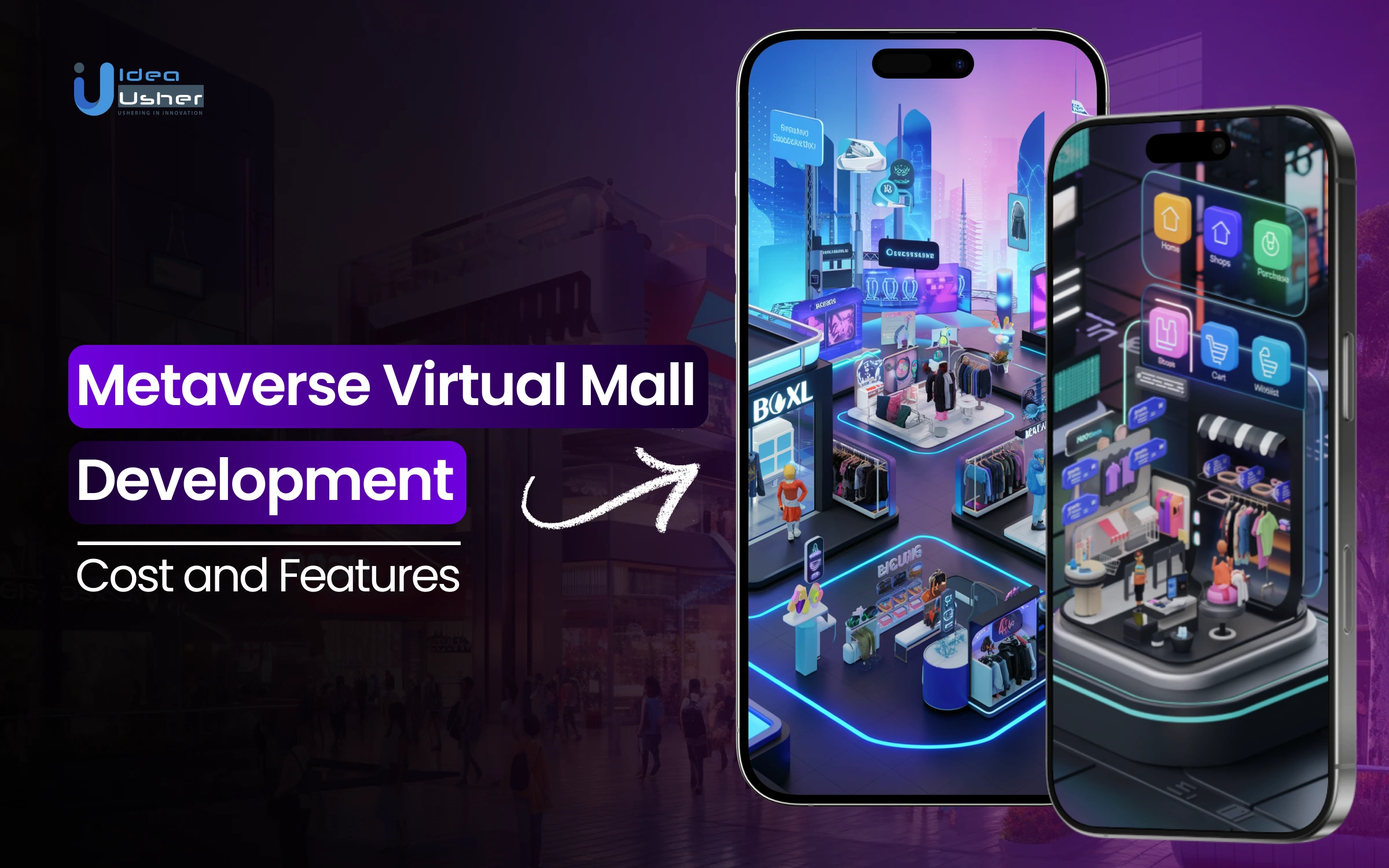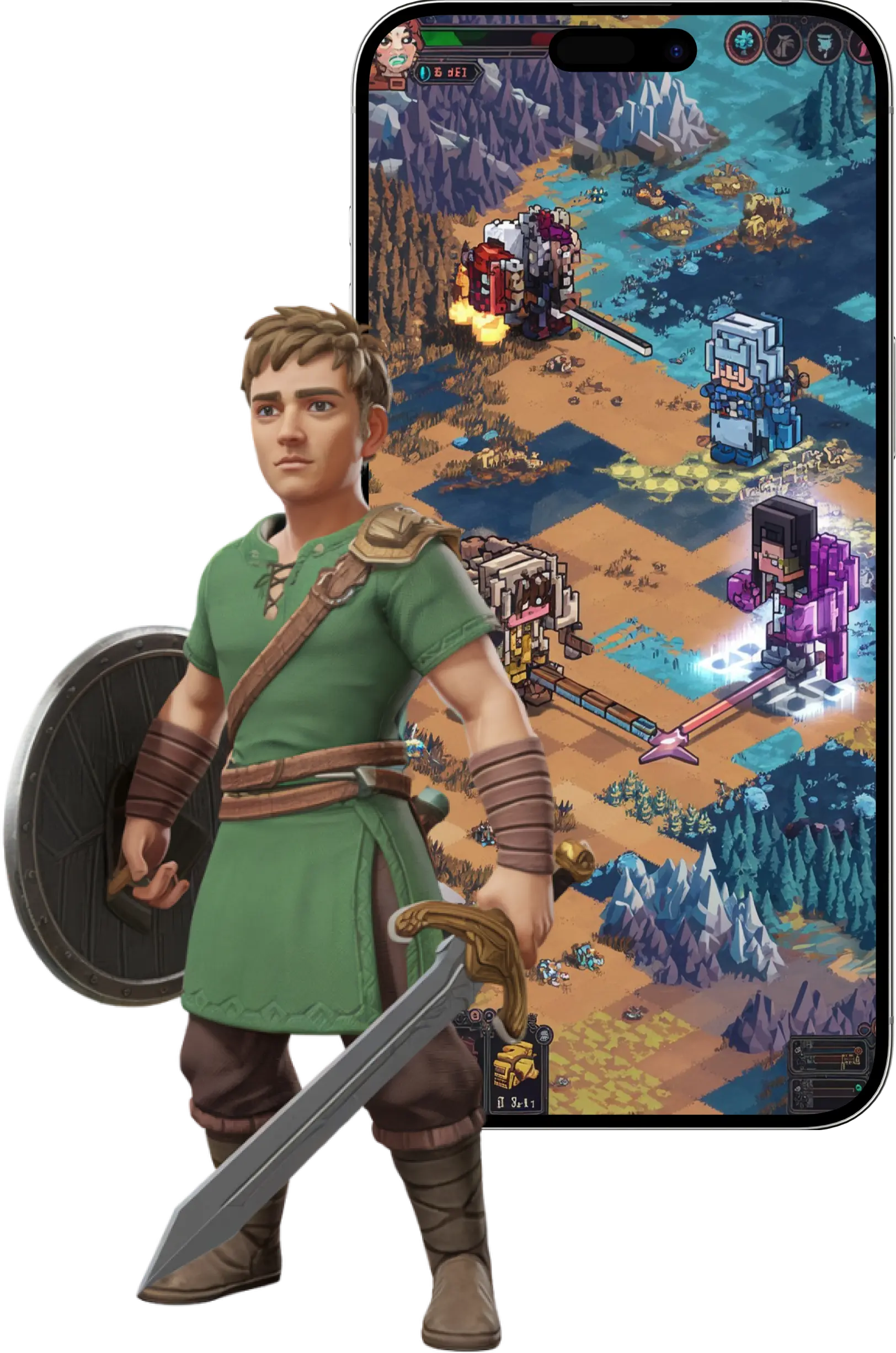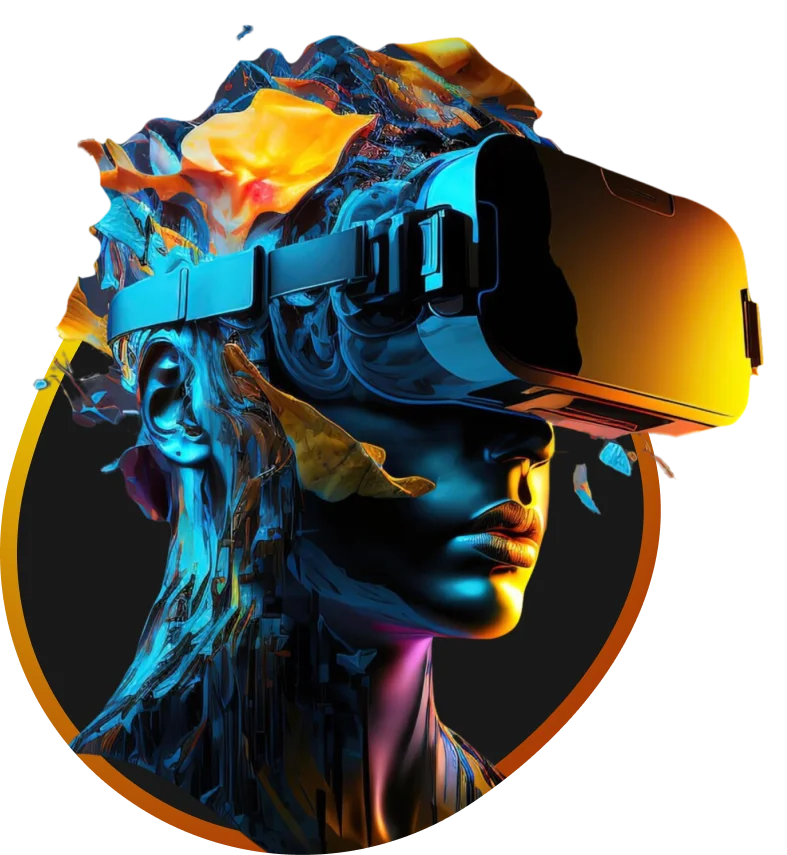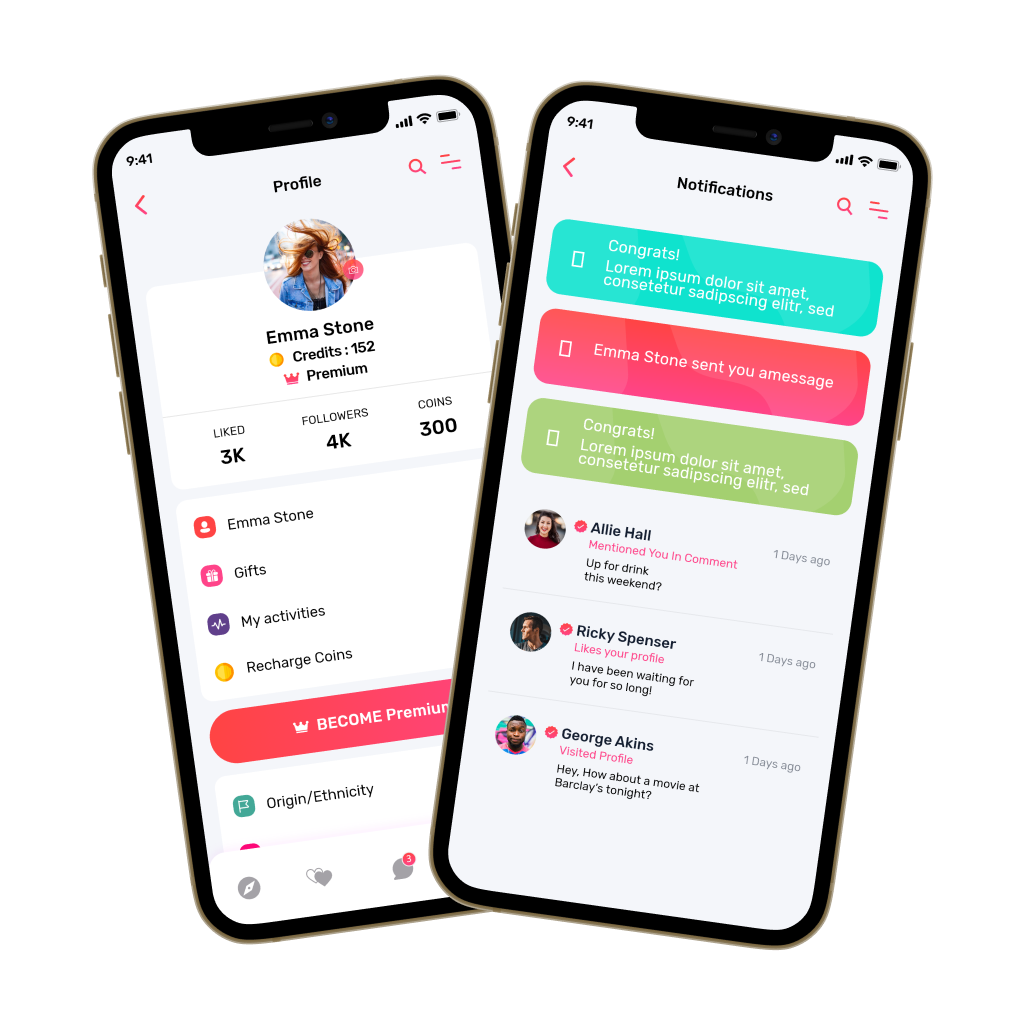The digital world is rapidly changing, and one of the most exciting developments is the rise of the Metaverse. For fashion brands, virtual malls within the Metaverse are becoming a game-changer. According to recent reports, the Metaverse market is set to reach a whopping $800 billion by 2024, with fashion playing a major role in driving this growth. This new space offers an exciting opportunity for businesses to connect with consumers in a completely new way, by blending creativity, technology, and shopping all in one.
Some big fashion names are already jumping into this digital world and reaping the benefits. H&M teamed up with ZEPETO for a virtual shopping experience, boosting online engagement by 15% and reaching ZEPETO’s 200 million active users.
Moreover, Ralph Lauren took its styles to Roblox, where the brand saw a 25% increase in interactions and a noticeable boost in sales. These moves helped both brands strengthen their connection with younger, digital-first audiences.
For fashion businesses, the Metaverse is all about creating interactive, 3D shopping environments where customers can shop, attend events, and socialize. In this blog, we’ll dive into how these virtual spaces are built and why now is the perfect time for fashion brands to get involved in the Metaverse.
Key Market Takeaways for Metaverse Virtual Mall
According to GrandViewResearch, the global metaverse e-commerce market is growing fast. It was valued at $11.11 billion in 2023 and is expected to grow even faster, at a rate of 40% each year from 2024 to 2030. This growth is mainly fueled by technological advancements, especially blockchain integration, which boosts security and transparency in online shopping.
Source: GrandViewResearch
With blockchain, things like smart contracts and NFTs are helping establish digital ownership, creating more trust in virtual shopping spaces.
Many well-known brands are already making moves in the metaverse, introducing creative ways to engage customers. For instance, Alo Yoga launched a virtual store across multiple platforms, where users can customize their activewear and join exclusive events.
Balenciaga teamed up with Fortnite, offering in-game items that let players dress their characters in Balenciaga outfits. Samsung showcased its Galaxy S22 in Decentraland, creating a virtual store where users could interact with and purchase the product. Charlotte Tilbury also jumped in with an immersive AR-powered store that lets users shop together in real-time through a “Shop with Friends” feature.
Work with Ex-MAANG developers to build next-gen apps schedule your consultation now
A Perfect Time to Invest in a Metaverse Virtual Mall Development
Investing in a metaverse virtual mall offers businesses a chance to tap into a fast-growing market with limitless potential. Unlike traditional brick-and-mortar stores, virtual malls provide an opportunity to reach a global audience 24/7, breaking down geographical barriers. This means businesses can engage with customers from all over the world at any time, increasing sales and exposure. The immersive experience of the metaverse allows brands to create interactive shopping experiences, offering unique products and services that are not possible in physical spaces. This shift to digital retail can significantly enhance customer engagement, leading to higher brand loyalty and repeat business.
For example, Walmart has entered the metaverse by offering virtual experiences and digital products on platforms like Roblox, and in 2022, their virtual sales saw over a 50% increase, proving that the metaverse can open new revenue channels and strengthen brand loyalty among younger, tech-savvy consumers.
Moreover, Samsung launched its virtual store in Decentraland and has already made over $2 million in revenue from digital products. It’s clear that the metaverse allows businesses to innovate and connect with customers in a way that traditional stores simply can’t match.
What’s even more exciting is that virtual real estate in the metaverse can appreciate over time, much like physical property. By securing prime digital space early, businesses can see a great return on investment as the demand for these spaces grows. It’s an exciting time for brands to dive into the metaverse, secure their place, and be part of the future of retail.
Development Steps for a Metaverse Virtual Mall for a Business
A metaverse virtual mall provides an immersive shopping experience by combining VR, blockchain, and AI. Businesses must follow a structured approach to develop a successful virtual shopping platform.
1. Define Business Goals
Businesses must identify their objectives, whether to create a multi-brand marketplace, a brand-exclusive store, or a hybrid model. Understanding the target audience helps in designing the right user experience.
2. Choose the Right Technology Stack
Selecting the right technology stack ensures seamless performance. Game engines like Unity or Unreal Engine, blockchain networks like Ethereum or Solana, and cloud services like AWS or Google Cloud are essential.
3. Develop a Virtual Environment
A visually appealing 3D space enhances user experience. Creating interactive storefronts, digital aisles, and realistic avatars makes navigation and engagement more immersive.
4. Enable Avatar-Based Navigation
Avatars allow users to explore, interact, and communicate. Social features like voice chat, messaging, and virtual meetups improve engagement and create a community-driven experience.
5. Implement Secure Transactions
Blockchain-based payments, digital wallets, and smart contracts ensure secure and transparent transactions. Supporting multiple payment methods, including cryptocurrencies, enhances flexibility.
6. Integrate AI for Personalization
AI-driven recommendations enhance shopping experiences by analyzing user behavior. Virtual assistants and chatbots provide real-time assistance and improve customer satisfaction.
7. Optimize for Cross-Platform Use
Ensuring accessibility on VR headsets, AR devices, desktops, and mobile apps increases reach. A seamless multi-device experience attracts a diverse user base.
8. Develop Monetization Strategies
Businesses can generate revenue through store subscriptions, virtual advertising, and NFT marketplaces. Offering premium experiences and branded digital products adds value.
9. Test, Launch, and Improve
Thorough testing ensures a smooth user experience. Beta testing with select users helps identify issues. Continuous updates and feature enhancements keep the virtual mall engaging.
Cost of Developing a Metaverse Virtual Mall
| Category | Tasks | Estimated Cost ($) |
| 1. Research & Planning (5-10% of budget) ($500 – $10,000) | Market Research (target audience, competitors, trends) | 200 – 2,000 |
| Platform Selection (Decentraland, Sandbox, etc.) | 100 – 5,000 (Land costs vary) | |
| Concept Development (mall layout, theme, USPs) | 200 – 3,000 | |
| Subtotal | 500 – 10,000 | |
| 2. 3D Design & Development (30-50% of budget) ($3,000 – $50,000) | 3D Modeling (mall exterior, interior, storefronts) | 1,000 – 25,000 |
| Avatar Integration (customization, interaction) | 200 – 5,000 | |
| Environment Design (textures, lighting, ambiance) | 500 – 10,000 | |
| Storefront Design (number of stores impacts cost) | 500 – 10,000 | |
| Subtotal | 3,000 – 50,000 | |
| 3. Software Development (20-35% of budget) ($2,000 – $35,000) | Frontend Development (UI, navigation, chat) | 1,000 – 20,000 |
| Backend Development (server logic, database, API) | 1,000 – 15,000 | |
| E-commerce Integration (payment, product catalogs) | 500 – 10,000 | |
| Smart Contract Development (NFTs, crypto payments) | 500 – 5,000 | |
| Subtotal | 2,000 – 35,000 | |
| 4. App Features & Functionality (10-20% of budget) ($1,000 – $20,000) | Gamification (quests, rewards) | 500 – 5,000 |
| Social Features (chat, voice, engagement tools) | 300 – 5,000 | |
| Virtual Events (fashion shows, launches, concerts) | 500 – 10,000 | |
| AI-Powered Assistants (customer service, recommendations) | 1,000 – 10,000 | |
| Subtotal | 1,000 – 20,000 | |
| 5. Testing & Quality Assurance (5-10% of budget) ($500 – $10,000) | Functional Testing (feature validation) | 200 – 4,000 |
| User Acceptance Testing (UAT, feedback integration) | 200 – 3,000 | |
| Performance Testing (scalability, optimization) | 100 – 3,000 | |
| Subtotal | 500 – 10,000 | |
| 6. UI/UX Design (5-10% of budget) ($500 – $10,000) | UI Design (visual layout, storefront branding) | 300 – 7,000 |
| UX Design (user journey, interactive experience) | 200 – 3,000 | |
| Subtotal | 500 – 10,000 | |
| Total Estimated Cost | $10,000 – $100,000 |
Factors Affecting the Development Cost of a Metaverse Virtual Mall
Several variable factors can significantly influence the overall development cost of a metaverse virtual mall.
- Metaverse Platform Choice: Different platforms have varying costs associated with land purchase or rental, transaction fees, and development tool licensing. Some platforms are more expensive to develop for than others.
- Land Acquisition Costs: The cost of virtual land within the chosen metaverse platform can vary dramatically depending on location, size, and desirability. Prime locations will command premium prices.
- Interoperability: If you plan for your virtual mall to be accessible across multiple metaverse platforms, this adds significant complexity and cost.
- Avatar Complexity and Customization: Highly detailed avatar customization systems require more development effort.
Most Successful Business Models for Metaverse Virtual Mall
Here are four of the most successful business models that are making waves in virtual malls across the metaverse:
1. Immersive Shopping Experiences
Immersive shopping in the metaverse creates a 3D environment where customers can interact with products, simulating the feeling of a real-world store. Features like virtual try-ons, interactive product displays, and social shopping experiences make the experience more engaging and enjoyable.
Examples:
- Forever 21 on Roblox: This collaboration enables users to customize their virtual stores, creating an interactive shopping experience tailored to a younger audience.
- Virtual Fashion Shows: Major fashion brands like Balenciaga and Gucci have hosted virtual fashion shows on platforms like Roblox and Decentraland, attracting global attention and boosting brand visibility.
2. Virtual Goods and NFT Sales
Selling virtual goods (such as digital clothing or unique NFTs) is a growing business model in the metaverse. It allows brands to monetize their digital assets and offer consumers exclusive items to enhance their virtual identities.
Examples:
- Nike and Gucci: Both brands have ventured into the metaverse by selling virtual sneakers and digital apparel that users can wear on their avatars.
- Second Life Marketplace: A well-established platform for buying and selling virtual goods, which has created a thriving economy without the need for traditional retail infrastructure.
3. Advertising and Brand Collaborations
Virtual malls offer unique opportunities for advertising and brand collaborations within immersive environments. Brands can buy advertising space in the metaverse, create interactive campaigns, or partner with influencers to drive engagement.
Examples:
- Brand Collaborations in Virtual Spaces: Companies like Adidas and Coca-Cola have teamed up with popular metaverse platforms like Decentraland and The Sandbox to create branded experiences, drawing in new customers.
- Interactive Advertising Campaigns: Brands can host live events or design interactive displays that allow customers to directly engage with their products in an entertaining and memorable way.
Top 5 Companies Using a Metaverse Virtual Mall
Here are the top five companies taking advantage of the metaverse virtual mall,
1. Macy’s – Macy’s Parade in the Metaverse (Decentraland)
Macy’s entered the metaverse with a virtual version of its famous Thanksgiving Parade on Decentraland. Users could watch a digital parade, interact with characters, and shop for exclusive digital goods. This initiative is part of Macy’s effort to bring its iconic brand into virtual environments. Macy’s overall revenue reached $24.5 billion in 2022, and its metaverse presence aims to attract a younger generation of shoppers.
2. L’Oreal – L’Oreal Beauty (Decentraland)
L’Oreal has ventured into the metaverse with its L’Oreal Beauty store in Decentraland. The beauty giant offers users the chance to explore virtual cosmetics, try digital makeovers, and purchase NFTs related to beauty products. With a focus on younger consumers, L’Oreal’s metaverse strategy fits into its global reach, contributing to its $40 billion revenue in 2022. Virtual beauty experiences are now an integral part of their customer engagement efforts.
3. Coca-Cola – Coca-Cola World (Decentraland)
Coca-Cola made a splash in the metaverse with Coca-Cola World in Decentraland, offering a virtual space for customers to interact with the brand and explore digital collectibles like NFTs. Coca-Cola’s entry into the metaverse aligns with its push to innovate and connect with younger audiences. Coca-Cola’s total revenue for 2022 reached $43 billion, and the metaverse is a key element in their strategy to remain culturally relevant.
4. Samsung – Samsung 837X (Decentraland)
Samsung has created a virtual space called Samsung 837X on Decentraland, offering an interactive experience where visitors can explore new products, attend events, and purchase digital assets. This digital mall connects technology and fashion, with Samsung using it as a platform to introduce its latest innovations. While specific revenue figures for the metaverse venture aren’t disclosed, Samsung’s overall revenue reached $244 billion in 2022, highlighting the growing importance of virtual environments.
5. Walmart – Walmart Land (Roblox)
Walmart entered the metaverse with Walmart Land on Roblox, providing customers with a digital space to shop and engage with the brand. The experience includes virtual shopping, games, and exclusive collectibles. Walmart’s 2022 revenue was $572 billion, and while their metaverse ventures are still in the early stages, they represent a strategic move to capture younger, tech-savvy consumers who are shaping the future of shopping.
Conclusion
Building a Metaverse Virtual Mall is an exciting opportunity for businesses to connect with customers in a whole new way! It lets you reach people from anywhere in the world, offering fun, interactive shopping experiences. You can sell virtual products, host cool events, and make money through things like virtual goods and advertising. It’s a great way to stand out, grow your brand, and keep customers engaged. In short, jumping into the Metaverse can help your business thrive by tapping into a whole new world of possibilities!
Looking to Develop a Metaverse Virtual Fashion Store?
At Idea Usher, we’re here to turn your vision into reality! With over 500,000 hours of coding experience in the field, our expert team specializes in building innovative, immersive virtual fashion experiences that will captivate your audience. From virtual try-ons to unique shopping environments, we’ll create a store that stands out, increases customer engagement, and boosts your revenue. Let us help you take your fashion brand into the Metaverse and stay ahead of the competition with cutting-edge technology and creative solutions!
Work with Ex-MAANG developers to build next-gen apps schedule your consultation now
FAQs
Q1: How to develop a metaverse virtual mall?
A1: To develop a metaverse virtual mall, you’ll need to design a fully immersive digital space where multiple shops, brands, and interactive experiences are housed. This involves creating 3D models of the stores, integrating virtual products, and ensuring smooth user navigation through the mall. Advanced features like avatars, virtual storefronts, interactive displays, and AR/VR compatibility are key to making the mall engaging.
Q2: What is the cost of developing a metaverse virtual mall?
A2: The cost of developing a metaverse virtual mall depends on the scale and complexity of the project. Building a basic version with a few stores can be more affordable while creating a large-scale, fully interactive mall with advanced features like AR/VR, custom branding, and high-end graphics can be quite costly. The cost is influenced by the number of shops, the level of customization, the development platform, and the technical expertise required.
Q3: How can metaverse virtual malls make money?
A3: Metaverse virtual malls can generate revenue in various ways, including leasing virtual storefronts to businesses, charging a commission on sales made within the mall, and selling virtual goods and collectibles like NFTs. They can also host virtual events, promotions, or fashion shows that attract brands and sponsors. Additionally, in-mall advertisements and exclusive memberships for early access to special content or products can provide ongoing income streams.
Q4: What are the features of a metaverse virtual mall?
A4: A metaverse virtual mall typically includes interactive 3D storefronts, customizable avatars, and virtual shopping experiences where users can browse and purchase digital goods. It may offer features like virtual try-ons, social spaces for interactions, and event venues for brand promotions or community engagement. Advanced malls integrate AR/VR for immersive experiences, while secure payment systems, live streaming, and entertainment options further enhance the customer journey.






















